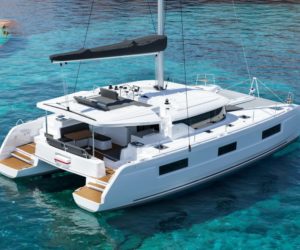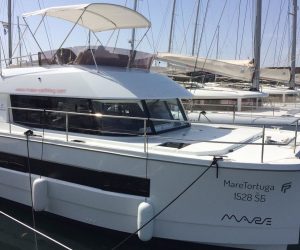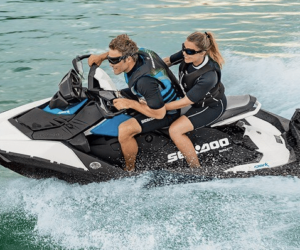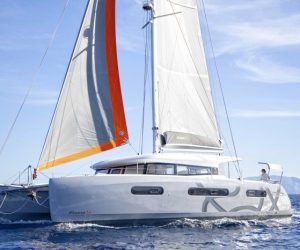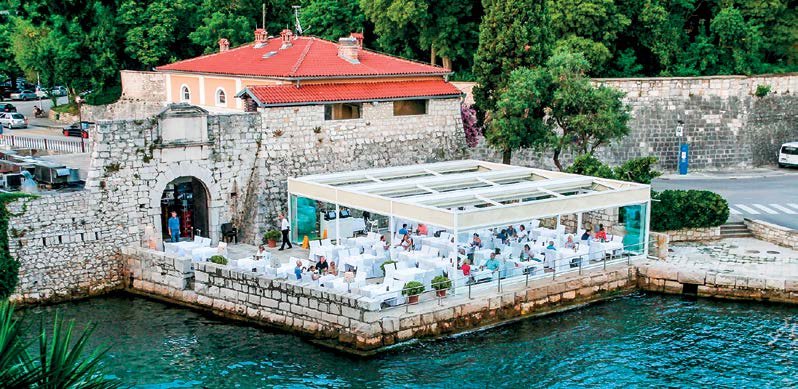Typical desserts in Istria
Typical desserts and sweets from Istria

Fritule: The small, sweet balls
Fritule are small, spherical pastries reminiscent of miniature donuts. These delicious balls are made from a simple dough that is traditionally flavoured with sultanas, rum and citrus peel. After being deep-fried in hot oil, fritule are generously dusted with icing sugar. They are particularly popular at Christmas time and during festivals, spreading their irresistible aroma in the street markets.
Kroštule: crispy strips of flavour
Kroštule are crispy strips of dough that are deeply rooted in Istrian tradition. The dough is rolled out into thin strips, twisted and then deep-fried until golden brown and crispy. After frying, the kroštule are also dusted with icing sugar. This sweet is particularly popular at weddings and parties and is a favourite with young and old alike.
Rožata: The Istrian crème caramel
Rožata, also known as rafioli, is a type of Istrian crème caramel. This dessert consists of a creamy custard mixture that is baked in a caramel sauce. After cooling, the rožata is turned over so that the golden caramel sauce flows over the dessert. This elegant dessert is a classic example of fine yet simple Istrian cuisine.
Hrostule: The sweet Easter biscuit
Hrostule are a traditional Easter pastry that is often confused with Kroštule. The dough for Hrostule is formed into small knots and also deep-fried. The special thing about this pastry is its aromatic flavour, which is created by adding citrus fruits and sometimes aniseed. After frying, the Hrostule are coated with a sugar or honey glaze, which gives them an extra sweet kick.
Istrian jam tarts: The sweet temptation
Another highlight of Istrian dessert culture are the various jam cakes. These cakes are often filled with a layer of local jam, such as fig or plum jam. The cake is made from a buttery shortcrust pastry that harmonises perfectly with the fruity filling. These cakes are particularly popular at tea time and are a must for anyone who wants to discover the sweet side of Istria.
Maskačì: The traditional dumplings
Maskačì are small dumplings filled with a mixture of almonds, sugar and cinnamon. This tasty treat is made from a delicate dough that is baked in hot oil after being filled. After baking, the Maskačì are generously dusted with icing sugar. This sweet is particularly popular during the Christmas season and at festivities and delights with its rich flavour.
Pandišpanja: The fluffy sponge cake
Pandišpanja is a light, fluffy sponge cake that is often served at parties and special occasions. This cake is made from simple ingredients such as eggs, sugar and flour and gets its light texture from beating the eggs. Pandišpanja is often served with fresh fruit or jam and is a perfect dessert for hot summer days.
Klapači: The filled biscuits
Klapači are traditional Istrian biscuits filled with jam or nuts. The dough is cut into small rounds, filled and then folded before the biscuits are baked. After baking, they are dusted with icing sugar. These biscuits are a popular snack between meals and a wonderful souvenir from Istria.
Istrian truffle desserts: Luxurious temptations
Istria is famous for its truffles, and these precious mushrooms also find their way into sweet creations. Truffle chocolate and truffle pralines are luxurious desserts that combine the rich and earthy flavour of truffles with the sweetness of chocolate. These unique desserts are a must for gourmets looking for something special.
Our summary
Istrian sweets and desserts reflect the rich culture and culinary traditions of this fascinating region. From simple fried treats to luxurious truffle desserts, Istria offers a variety of sweet delicacies to please every palate. Whether you are a fan of traditional or modern desserts, you are sure to find something to delight your taste buds in Istria.

